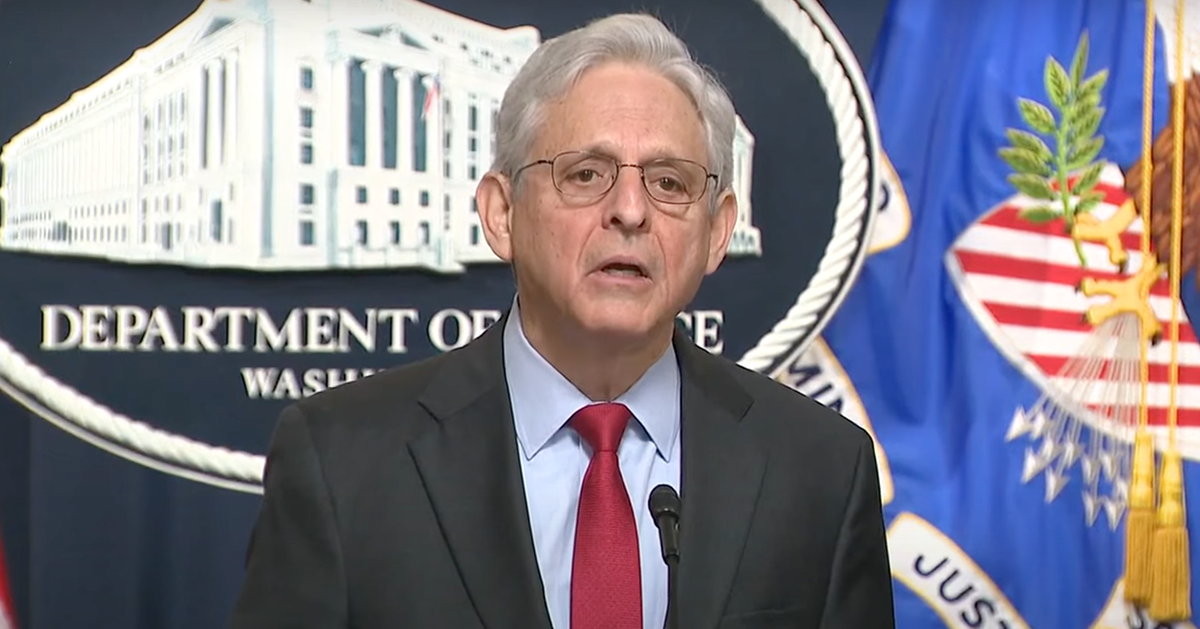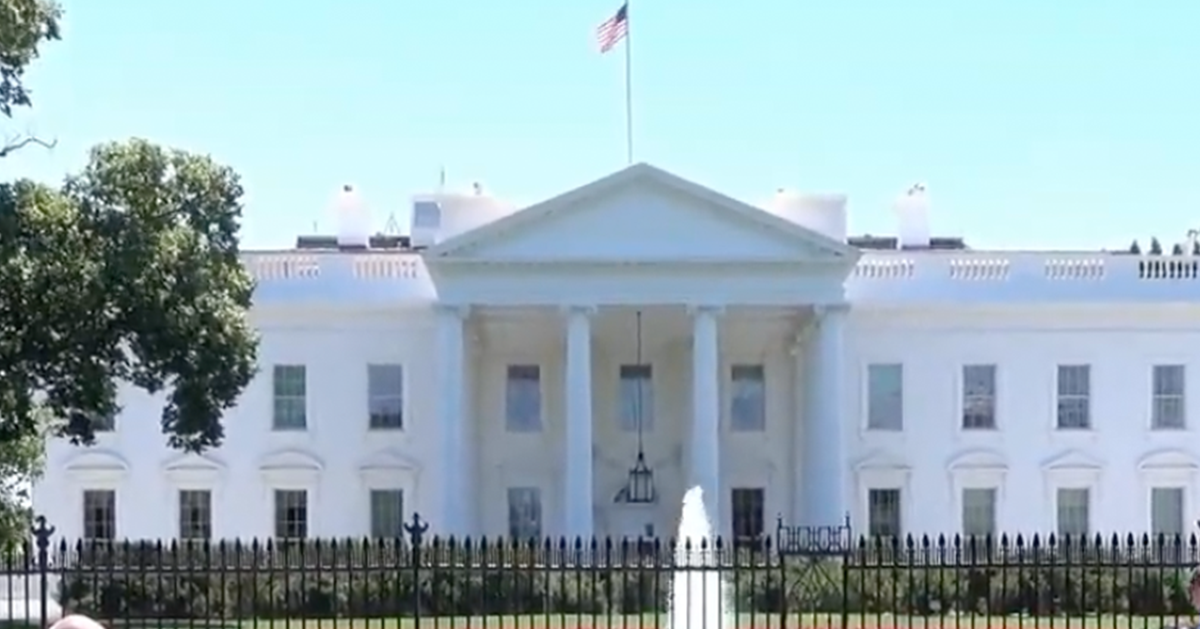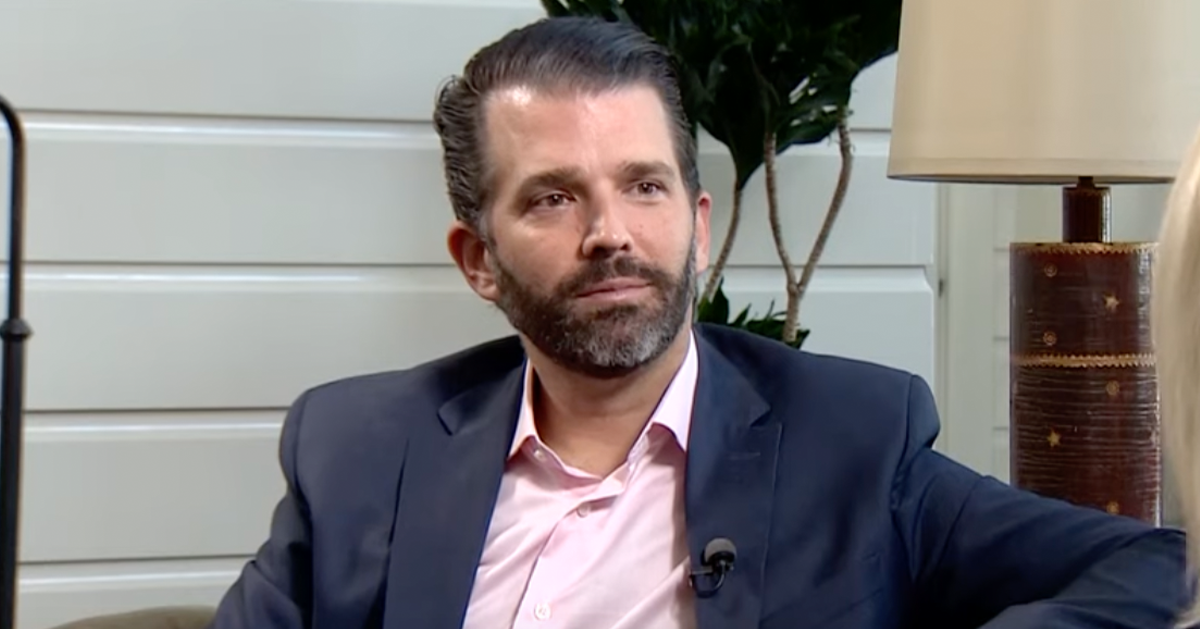Scoop: Biden Alters Walk to Marine One to Add Aide Support
In a subtle but significant change, President Joe Biden has updated how he walks to his official helicopter, as he is now frequently flanked by aides.
Biden has adjusted his routine when walking to Marine One as a means to manage public perception concerning his mobility, as Axios reports.
President Shifts Walking Routine Amid Health Concerns
The new walking procedure, which began in mid-April, reflects concerns among Biden's advisers about how his shuffling, solitary walks might highlight his age.
Previously, Biden walked alone across the South Lawn to the presidential helicopter for over three years. The adjustment aims to draw less attention to his stiff and halting gait.
According to reports from Axios, some of Biden's advisers were worried that footage of the President walking unaided, especially over grassy areas, inadvertently emphasized his age and mobility issues. This prompted a shift to a more supportive approach.
Weeks prior to the change, Biden expressed to his team a preference for this less formal, more supportive walking arrangement, allowing aides to be present during his strolls to the helicopter.
New Safety Measures and Aide Accompaniment
Biden's new routine involves walking with deputy chiefs of staff Bruce Reed and Annie Tomasini, as well as close adviser Mike Donilon. These aides not only provide company but also serve to subtly shield Biden from certain camera angles, which might expose his mobility challenges.
This shift was first noted starting April 16, with Biden being accompanied by staff or lawmakers on nine out of ten walks to Marine One. This marked a stark contrast to his previous solitary walks, including five alone or with family members in March.
White House spokesperson Andrew Bates downplayed the significance of aides occasionally blocking the camera views, emphasizing that Biden is "fully visible except for a few seconds."
Adjustments in Response to Health Issues
Further addressing the President's mobility, the administration has taken proactive measures. After Biden tripped last summer on an Air Force Academy stage, changes were made to his walking paths and the entrances he uses, including using a lower level entrance and shorter stairs to board Air Force One.
Biden's doctor has publicly stated that he suffers from spinal arthritis and mild sensory peripheral neuropathy of the feet, which affect his gait. However, he has been declared "fit for duty." In response, Biden has adopted black Hoka sneakers that provide extra support and continues regular physical therapy and stretching exercises.
The White House's efforts extend beyond physical adjustments; there's a concerted effort to shift public perception regarding Biden's age. The president himself has increasingly discussed his age in public forums and campaign advertisements.
Public and Media Response to Changes
These changes in Biden's routine have been met with mixed reactions. While some view it as a necessary adjustment for safety and image management, others see it as an overemphasis on appearances.
The adoption of a less formal and more supportive walking arrangement with aides reflects a strategic adaptation by the White House. Aides believe that these new images of Biden's walks project a more robust and collective leadership style.
Going forward, these changes are expected to continue as the administration works to balance transparency with strategic image management.
Conclusion: Reflecting on Biden's New Walking Routine
In conclusion, President Biden's modification of his walking routine to Marine One, accompanied more frequently by aides, marks a significant adjustment aimed at managing public perceptions of his age and mobility.
This change reflects both a practical response to physical health concerns and a strategic approach to presidential image management.
With continued adjustments and supportive measures, the administration seeks to maintain a balance between transparency and effective leadership portrayal.






